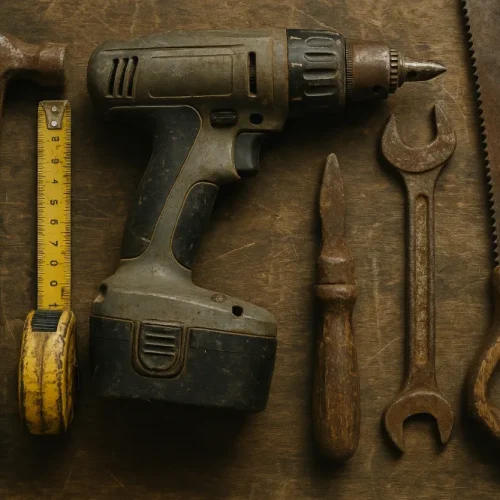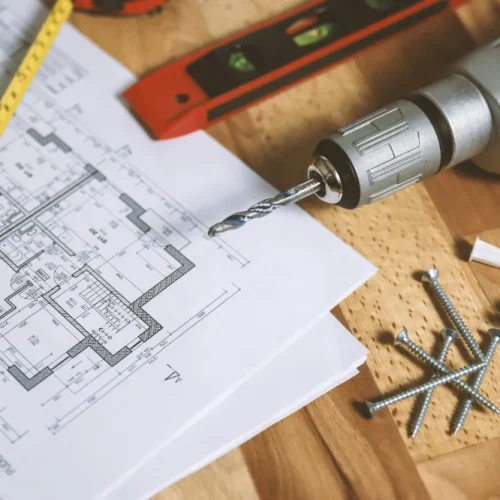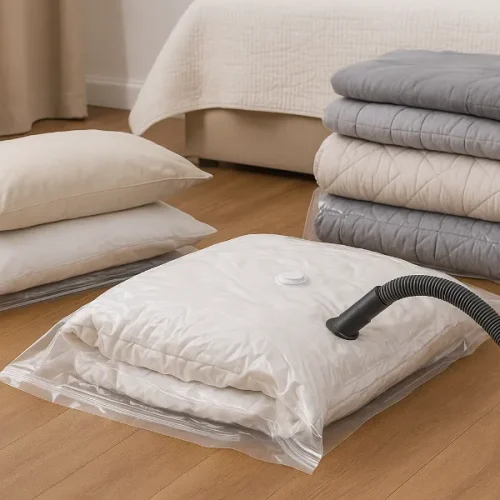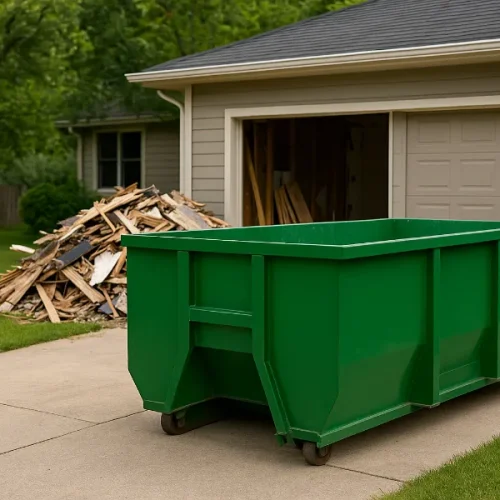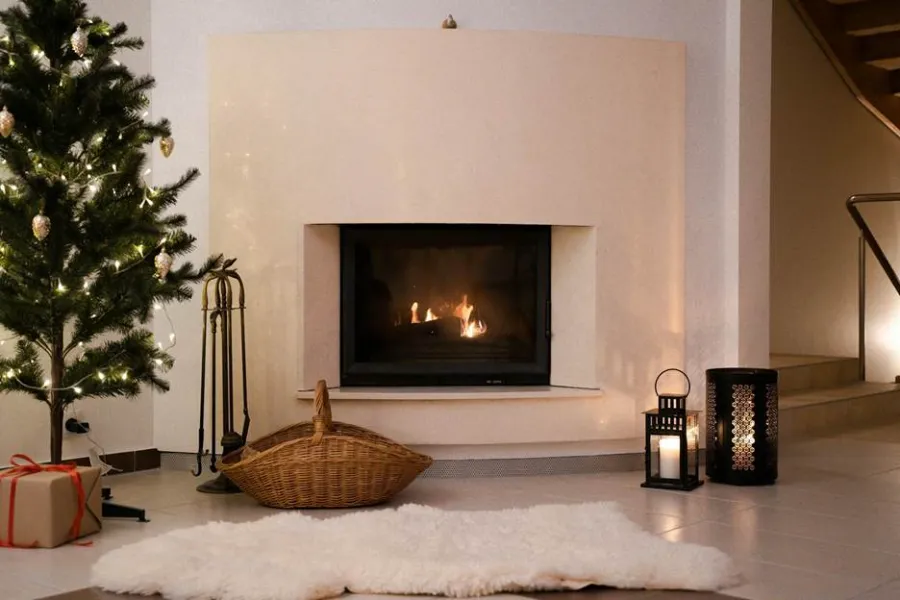
Winter is that time of year when a warm and comfortable home becomes a must. As temperatures drop and the days grow shorter, you must prepare your living space for the cold. Fortunately, there are many modern heating solutions that can keep your home comfortable even during the wet and freezing months in Arlington, WA. From energy-efficient systems to traditional heating methods, homeowners now have plenty of options that can work individually or together to keep things toasty inside.
This article explores the best home heating solutions to help you create a cozy, energy-smart space for the season ahead.
Heat Pumps: Efficient Warmth for Every Home
Heat pumps are becoming a favorite for homeowners who want both efficiency and comfort. Unlike furnaces that generate heat, a heat pump transfers warmth from outside air into your home, even when the temperature drops. In the freezing months of Arlington, WA, an advanced heat pump system can deliver consistent warmth while using less energy than many traditional systems. It can also serve as an air conditioner in summer, making it a year-round solution.
However, correct installation is key to getting the best performance and efficiency. That’s why homeowners should always hire professionals for heat pump installation in Arlington, WA. Skilled technicians ensure proper sizing, placement, and setup, which all affect how well the system performs. With regular maintenance, a heat pump can last for years and keep your home comfortable no matter how cold it gets outside.
Furnaces: The Classic Choice for Reliable Heating
Furnaces remain one of the most trusted and widely used heating systems in American homes. They operate by producing heat through the combustion of natural gas, propane, or electricity and then distributing it evenly through a duct system. Modern furnaces are more energy-efficient than older models, offering faster heating and better temperature control.
A furnace provides quick warmth, making it ideal for those chilly mornings and cold winter nights. When maintained properly, it can last for decades, giving steady performance year after year. Routine filter changes, inspections, and cleanings help prevent breakdowns and keep the system running efficiently. For homeowners looking for dependable, whole-home heating, a well-maintained furnace is always a solid choice.
Radiant Floor Heating: Warmth from the Ground Up
Radiant floor heating provides one of the most comfortable and evenly distributed heat sources available. Unlike traditional systems that blow hot air, radiant heating warms the room evenly without stirring up dust or allergens. This system is particularly enjoyable in bathrooms, kitchens, or living rooms—areas where stepping onto a warm floor makes a real difference. It’s also energy-efficient since it heats surfaces rather than just air.
Boilers: Even Heat for Large Spaces
Boilers are another reliable option for homeowners who want efficient, large-scale heating. They heat water and circulate it through pipes to radiators or baseboard units throughout the house. This method provides consistent and gentle warmth, ideal for big spaces or older homes with multiple rooms. Modern boilers are highly efficient and can even be paired with renewable energy sources like solar water heating systems. Because they don’t rely on air ducts, they’re also quieter and reduce the circulation of dust and allergens.
Electric Fireplaces: Cozy Ambiance with Minimal Effort
Electric fireplaces are perfect for those who want warmth with a touch of luxury. They combine style and function, adding a focal point to any room while providing instant heat. Installation is simple, often requiring just a standard power outlet. Many models include realistic flame effects, giving the look of a traditional fire without the need for wood, gas, or venting. These fireplaces are ideal for smaller spaces or as supplemental heating in areas that need an extra boost. They’re also low-maintenance and easy to operate, offering homeowners a convenient and visually pleasing way to stay warm during the winter.
Ductless Mini-Splits: Zoned Comfort for Every Room
Ductless mini-split systems offer personalized comfort and energy efficiency in one package. They work by using an outdoor compressor unit, which is connected to one or multiple indoor air-handling units. Each indoor unit can be controlled separately, allowing you to set different temperatures in different areas of your home. That means no more heating empty rooms or dealing with uneven temperatures from room to room.
Ductless mini-splits are also easy to install. Because they use inverter-driven compressors, they adjust power use based on need, which makes them highly energy-efficient. Quiet operation and built-in filtration systems also make these units great for maintaining clean, comfortable air while keeping energy bills low.
Smart Thermostats: Modern Control for Maximum Efficiency
Smart thermostats have transformed the way people manage indoor temperatures. They learn your habits, adjust automatically, and can be controlled remotely using your smartphone. This allows you to lower the temperature when you’re away and warm up your home before you return. Beyond convenience, smart thermostats help reduce energy waste by maintaining consistent temperatures and providing detailed usage reports. You can easily see how small adjustments impact your energy consumption and savings. Integrating a smart thermostat with other heating systems such as furnaces or heat pumps—creates an efficient, connected home environment that responds to your lifestyle in real time.
Insulation and Weatherproofing: Keep the Warmth In
Even the best heating systems can’t perform at their best if your home loses heat through poor insulation. Proper insulation and weatherproofing are essential to maintaining a warm, energy-efficient home. Start with areas like attics, walls, and floors where heat tends to escape most easily. Adding insulation materials like fiberglass, foam, or cellulose helps trap warmth inside. Weatherproofing measures, such as sealing cracks, applying weatherstripping around doors and windows, and using thermal curtains, can also make a huge difference. These small upgrades reduce drafts, stabilize indoor temperatures, and ease the load on your heating system.
Conclusion
A cozy home in winter is more than just a matter of turning on the heat—it’s about making smart choices that suit your comfort, energy goals, and the way you live. Today’s heating options go far beyond what was once standard, offering sustainable, customizable, and highly efficient ways to stay warm. Whether you embrace energy efficiency by installing a heat pump, enjoy personalized control through a ductless system, or upgrade your insulation for lasting results, every step you take builds toward a home that feels good to live in. Winter doesn’t have to mean discomfort or high bills; with thoughtful planning and the right systems in place, your home can be the warm retreat you look forward to every season.
FAQs
Heat pumps are among the most energy-efficient systems since they transfer heat instead of generating it, providing warmth even in freezing temperatures.
With professional installation and regular maintenance, a heat pump can last 15–20 years while maintaining consistent performance and efficiency.
Yes. Modern furnaces are highly efficient, heat up quickly, and can provide steady warmth throughout the entire home for decades when properly maintained.
Radiant floor heating provides even warmth, eliminates drafts, and doesn’t circulate dust or allergens, making it ideal for people with allergies.
Boilers heat water and circulate it through radiators or baseboards, while furnaces heat air and distribute it through ducts. Boilers offer quieter, more even heating.
Electric fireplaces are best for supplemental heating or small areas, adding warmth and ambiance without complex installation or fuel requirements.
Ductless mini-splits allow zoned temperature control in each room, are quiet, and adjust energy use automatically for maximum efficiency.
Smart thermostats learn your habits, adjust temperatures automatically, and let you control heating remotely—reducing energy waste and costs.
Proper insulation prevents heat loss through walls, ceilings, and floors, allowing heating systems to work more efficiently and reducing energy consumption.
Combine an efficient heating system—like a heat pump or furnace—with good insulation, weatherproofing, and a smart thermostat to stay warm and lower energy costs.




